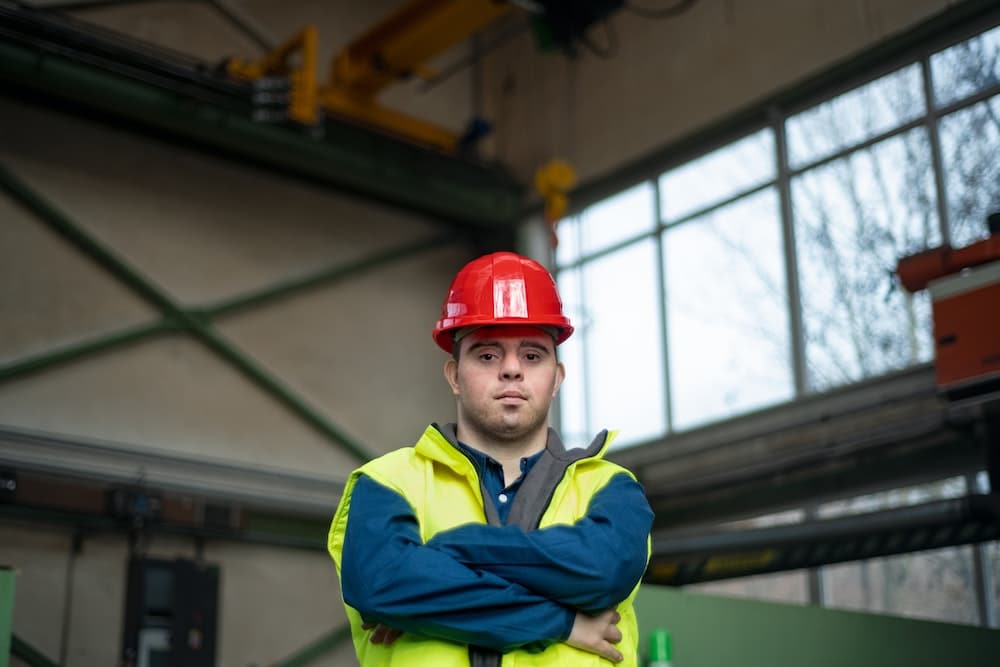The automotive industry has consistently been at the forefront of technological innovation, from the development of advanced safety systems to the advent of electric and autonomous vehicles. Now, in an age where digital technology is shaping every aspect of our lives, the car buying experience is also being transformed. As UK car dealerships seek to adapt to changing customer behaviour and expectations, one area of growth has been the use of virtual showrooms. Let’s dig deeper into how car dealerships can integrate virtual showrooms into their sales process and the benefits it offers to both dealers and customers.
The Digital Transformation of Car Sales
In the past, buying a car often involved multiple visits to various dealerships, haggling with salespeople, and wading through heaps of paperwork. Now, customers demand a more seamless, efficient, and convenient experience that aligns with their increasingly digital lifestyles.
A lire aussi : How to Build a Customer Journey Map for a UK Boutique Hotel?
Virtual showrooms are a significant leap from traditional online car listings, providing an immersive, interactive experience that closely replicates the physical dealership environment. Dealers can showcase their entire inventory of vehicles in stunning detail, allowing customers to explore each car’s interior and exterior features virtually.
Integrating virtual showrooms into your dealership’s sales process begins with understanding your customers’ needs and aligning your digital strategy accordingly. This includes leveraging technology to provide a more personalised, engaging, and efficient car buying experience.
En parallèle : What Are the Unique Challenges in Marketing Renewable Energy Solutions to UK Households?
Harnessing the Power of Virtual Reality
Virtual reality (VR) technology has been gaining traction in various sectors, and the automotive industry is no exception. By using VR, dealerships can allow customers to experience a vehicle without being physically present at a dealership.
This immersive technology lets buyers inspect a car’s exterior and interior, get a feel of its size and space, and even take it for a virtual test drive. VR can transport customers to different environments, such as a bustling city or a winding country road, to truly understand how a car performs under various conditions.
To integrate VR into your sales process, you will need to invest in compatible hardware and software. Numerous companies offer comprehensive VR solutions designed specifically for automotive dealerships, so research and choose a provider that aligns with your dealership’s needs and budget.
Embracing the Online Retail Experience
The key to successful integration of virtual showrooms lies in seamlessly combining the online and offline customer experience. Dealerships need to ensure that their online retail experience is as full and satisfying as their in-person one. This involves not just showcasing cars virtually, but also providing comprehensive online support, from car configuration to financing calculators, to facilitate the decision-making process.
Just as customers can negotiate prices and deals at a physical dealership, they should be able to do the same online. Integrating live chat or video call features will allow your sales team to assist online customers, answer their queries, and close deals effectively.
Leveraging Data to Enhance Customer Experience
Data analytics plays a crucial role in the successful integration of virtual showrooms. By analysing customer behaviour data, dealerships can gain insights into what works and what doesn’t in their virtual showroom.
With this information, dealerships can optimise their virtual showroom to better meet customer needs. For example, if data shows that customers frequently exit the website before completing a purchase, dealerships can identify the bottlenecks and work to eliminate them.
Moreover, data can help dealerships personalise the customer experience. By tracking customer preferences and behaviour, dealerships can offer personalised recommendations and deals, enhancing customer satisfaction and increasing the likelihood of a sale.
Training and Support for Dealers
Finally, to successfully integrate virtual showrooms, it’s essential to provide adequate training and support for your dealers. They need to understand the technology and how to use it effectively to engage customers and close sales.
Digital tools can be daunting for those unfamiliar with them, but with proper training, your dealers can embrace the new platform. Regular check-ins and support will ensure they are comfortable and competent using the virtual showroom technology, which in turn will enhance the customer experience.
In summary, integrating virtual showrooms into your dealership’s sales process can enhance the car buying experience for your customers, providing them with the convenience, efficiency, and personalisation they increasingly demand. By harnessing technology and data, you can create an immersive, interactive, and effective sales platform that drives customer satisfaction and boosts your bottom line. Just remember, the key to successful integration is understanding your customers’ needs and aligning your digital strategy accordingly.
Augmented Reality: The Future of Test Drives
The automotive industry is now turning to augmented reality (AR) as an exceptional tool to enhance the car buying experience. Unlike virtual reality, which creates a completely synthetic environment, augmented reality utilises the existing environment and overlays new information on top of it. This blend of digital and physical reality provides potential car buyers with a truly unique, interactive, and immersive experience.
In the context of automotive retail, dealerships can use AR to provide virtual test drives. Customers can explore different vehicle models, customisations, and even view how the car performs on different terrains – all from the comfort of their homes. This not only saves time but also provides customers with a comprehensive understanding of the car, enabling them to make informed decisions.
Moreover, augmented reality can also be used for maintenance and repair services. Dealerships can offer AR guides that help customers understand minor car problems and how to fix them, boosting customer satisfaction and trust in the dealership.
However, integrating AR into your dealership’s sales process requires careful planning and investment. Dealerships need to partner with technology providers that specialise in AR solutions for the automotive industry. Furthermore, dealers need to be trained on how to use the technology effectively to enhance the customer experience.
The future is here, and it’s called augmented reality. By integrating AR into your sales process, dealerships can offer an unmatched car buying experience that appeals to the digital habits of modern consumers.
Conclusion: The Dawn of Digital Automotive Mobility
The digital transformation in the automotive industry is rapidly evolving, and UK car dealerships that adapt to these changes will have a competitive edge in the market. Integrating virtual showrooms into your sales process is no longer a niche concept but an essential strategy to meet the evolving needs of car buyers.
Virtual and augmented reality technology is redefining the car buying experience, offering customers a seamless blend of online and offline interaction. From virtual test drives to personalised recommendations, these digital tools enrich the customer experience and allow dealerships to offer a more engaging and efficient service.
Training and support for dealers are crucial for the successful integration of these technologies. Dealers need to understand and efficiently use these digital tools to enhance the customer experience and drive sales. Regular training and support will help them embrace this digital shift, ultimately benefiting the dealership and its customers.
Ultimately, the successful integration of virtual showrooms into your dealership’s sales process hinges on understanding your customers’ needs and aligning your digital strategy accordingly. As the automotive industry continues to evolve, dealerships that leverage technology to meet customer demands will stay ahead of the curve, offering an unparalleled car buying experience that drives customer satisfaction and boosts profits.
Embrace the digital transformation and lead the way in automotive mobility. The future of car sales is here, and it’s virtual.















